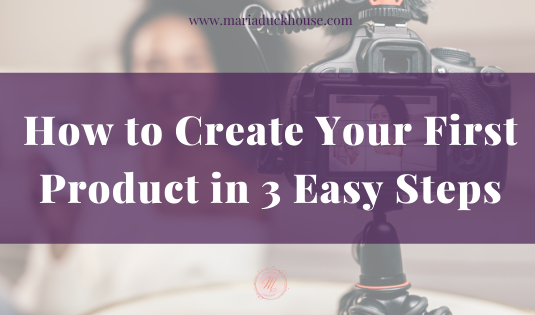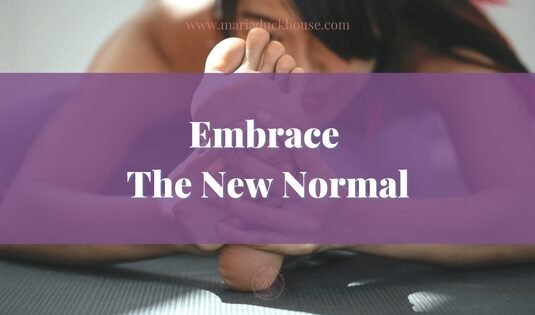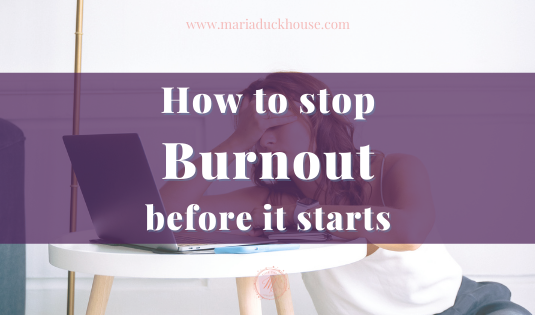When the mind gets loud and the heart goes quiet
Overthinking has a way of creeping in so quietly that you barely notice it at first. One minute you are imagining, planning and feeling, and the next you are stuck in loops. You replay conversations. You draft and redraft messages you never send. You hold back on ideas because you cannot guarantee the outcome. Soon, your inner world starts to feel crowded, and your true voice becomes hard to hear.
If you are a deep-feeler, this can be especially painful. Your sensitivity is a gift. It lets you notice nuance, beauty and meaning. Yet when your mind is buzzing, that same sensitivity can make life feel overwhelming. You may find yourself armouring up with perfectionism, people pleasing or constant research, hoping to find the one right answer that will make the discomfort stop.
There is another way. You do not need to silence yourself to feel safe. You can learn to stop overthinking by building a relationship with your inner voice and your body, rather than trying to control everything with your thoughts. This is a gentle path. It does not ask you to push or perform. It invites you to come home to yourself.
In this post, you’ll learn what overthinking really is, why it shows up, and how to meet it with compassion. You will find practical, nervous system-friendly steps that help you quieten the noise, trust your instincts and create a life that feels authentic and alive.
What overthinking really is
Overthinking is not a flaw. It is a protective strategy. Your mind tries to keep you safe by scanning every possibility before you act. If you have learnt that mistakes are dangerous or that being judged is painful, your brain will try to avoid those outcomes by thinking ahead. The trouble is that thinking ahead can become a habit. You start to analyse in order to prevent risk, and you end up preventing movement.
Common signs of overthinking include:
- Ruminating on past conversations and second-guessing what you said
- Delaying decisions while waiting for the perfect moment or perfect plan
- Researching and collecting information without taking the first step
- Editing yourself before you speak or write
- Feeling paralysed when you cannot be sure how others will respond
When you see these patterns, it helps to remember that your mind is trying to help. The goal is not to fight your thoughts. The goal is to provide your whole system with enough safety and clarity that your thoughts do not need to work so hard.
Why sensitive, soulful people overthink
If you feel things deeply, you are wired for awareness. You pick up on tone, tension and unspoken needs. You care about impact. You want to be kind. All of this makes you thoughtful, and it also makes you vulnerable to overthinking.
Three common roots sit beneath the habit:
- Safety. If expression did not always feel safe, your mind learnt to check and double check before you spoke or created.
- Perfectionism. If praise was linked to performance, you may have learnt to reach for impossible standards. Overthinking becomes a way to avoid falling short.
- People pleasing. If connection felt conditional, you may have adapted by anticipating what others wanted. Overthinking becomes a way to manage reactions and prevent conflict.
You do not need to blame yourself for any of this. These patterns are intelligent responses to earlier conditions. Now you can choose responses that fit the life you want to live today.
The gentle shift from control to trust
Trying to stop overthinking by thinking differently is like trying to soothe a crying child by giving them more to think about. It rarely works. The shift happens when your body and inner voice start to feel safe again. From that place, you can take simple actions that build trust.
Think of it as moving from control to connection:
- From predicting outcomes to listening for the next honest step
- From performing for approval to creating from truth
- From fixing every variable to resourcing your nervous system so you can meet life as it comes
The practices below are designed to support this shift.
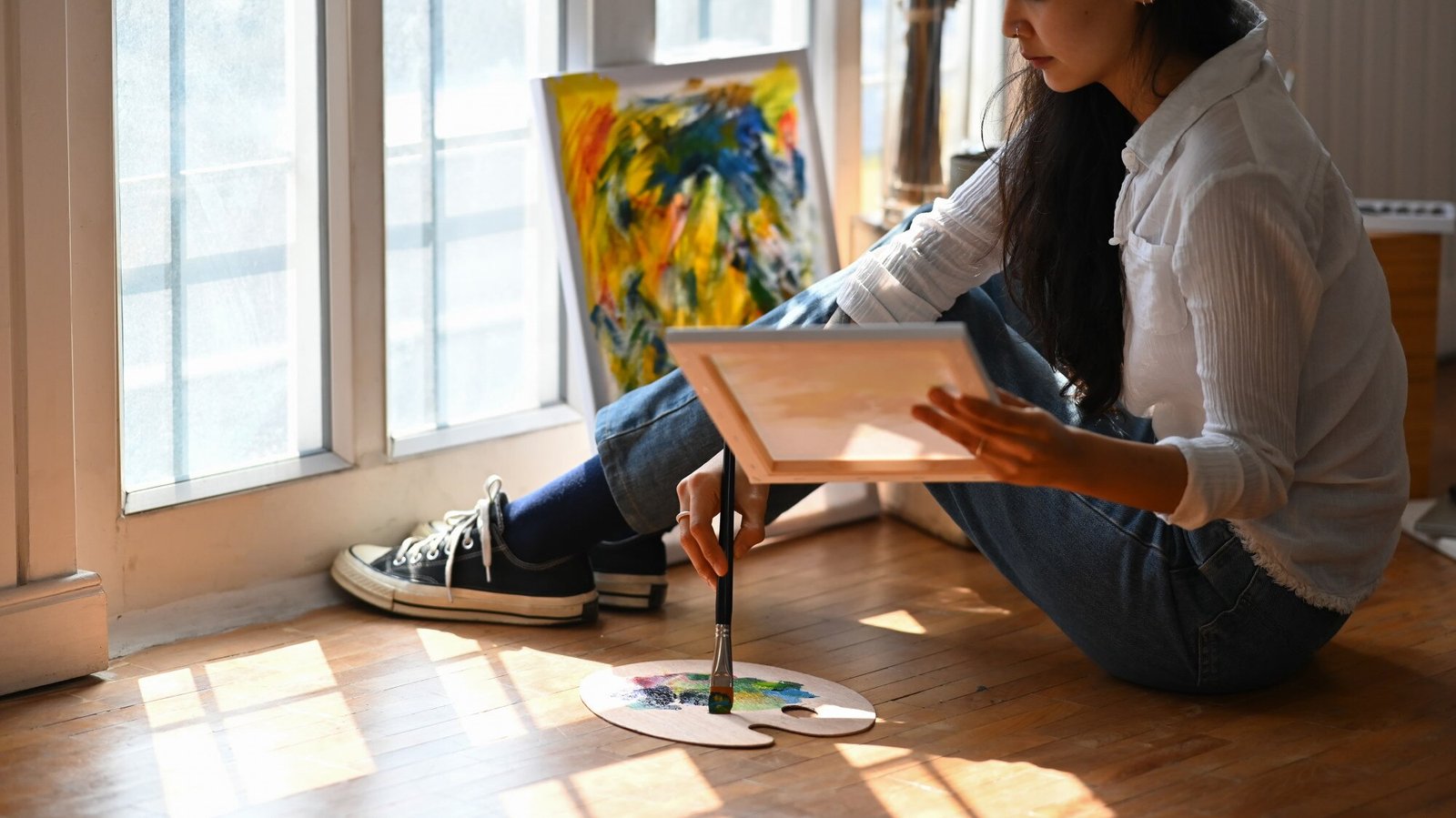
Quietening the mind so your voice can be heard
You do not have to silence your thoughts. You can give them a softer place to land. These practices calm your system so you can hear what is true underneath the noise.
Breathe in a way that signals safety
Sit comfortably and lengthen your exhale slightly more than your inhale. For example, inhale for four, exhale for six. Place a hand on your chest and tell yourself, softly, I am safe to feel. Do this for two to three minutes. It does not need to be longer. You are establishing a rhythm that your body recognises as calm.
Create a small, repeatable ritual
Rituals tell your system what is about to happen. Light a candle, make tea, put on the same playlist, sit in the same corner. Use this ritual whenever you write, journal or create. Your body will begin to associate the ritual with safety and focus, which lowers the urge to overthink.
Allow a thought window
Give yourself a set time to think on purpose, then stop. For example, five minutes to list concerns or questions. When the timer ends, close the notebook and begin your chosen action. You are training your mind to trust that thinking has a container, and that action follows.
Name what is here
Say out loud, I notice worry. I notice the urge to plan. I notice pressure in my chest. Naming sensations is a simple form of mindfulness. It invites presence without judgement and reduces spirals.
Listening to your inner voice
Your inner voice is not dramatic. It tends to be quiet, steady and clear. When you practise listening, you will notice it more often and trust it more quickly.
Daily stillness
Choose a short moment each day to sit in stillness. Two to five minutes is enough. Close your eyes, breathe slowly and ask, What matters right now. Do not force an answer. If nothing comes, that is fine. The act of asking creates a pathway. Over time, answers arrive.
Journalling for clarity
Use your notebook as a place for truth, not performance. Try prompts such as:
- If I were not trying to get this right, what would I do next
- What is the smallest honest step I could take today
- What am I afraid would happen if I told the truth here
Write without editing. Stop after ten minutes. Read back and underline one sentence that feels alive. Let that sentence guide your next step.
Walking without input
Go for a short walk without music or a podcast. Let your mind wander. Notice colours, shapes and textures. This simple practice gives your attention time to settle. Insight often meets you when you are not demanding it.
Gentle creative play
Pick a medium that feels safe. It could be collage, pencil, ink or voice notes on your phone. Give yourself ten minutes to make something that no one else will see. This is not about results. It is about rebuilding the link between feeling and expression.
Moving beyond perfectionism
Perfectionism dresses itself up as high standards. At heart it is protection. If you can make it flawless, maybe no one will criticise you. The trouble is that perfection is unreachable, so you never begin. Here is how to loosen the grip.
Reframe perfectionism as care that needs direction
Thank the part of you that wants to do well. Then give it a new job. I do not need you to stop me. I need you to help me choose one small improvement after I begin. Channel the energy into helpful refinement rather than global control.
Use minimum viable creation
Ask, what is the smallest version of this that would still be real. One paragraph, not a chapter. One sketch, not a series. One voice note, not a polished video. When you lower the stakes, you lower the pressure. Momentum makes quality possible.
Set a compassionate finish line
Decide in advance what finished will mean for today. Fifteen minutes of focused effort. A rough draft written without edits. A single pass at a design. When you meet the finish line, stop. Keeping promises to yourself builds trust faster than chasing perfect outcomes.
Celebrate evidence, not only results
Keep a small log of evidence. I showed up for ten minutes. I told one truth in my journal. I chose rest when I was tired. Evidence reminds your brain that change is happening, which reduces the need to overthink every step.

Overcoming self doubt
Self doubt thrives in silence and isolation. It softens when you bring it into the light and speak to yourself with honesty and care.
Separate the critic from your core
Write down the most common lines your inner critic uses. For each line, write a reply as your wiser self. For example:
- Critic: You will embarrass yourself.
- Wise self: I am allowed to learn in public. The people who matter will understand.
Read your replies before you begin a task. You are not trying to remove the critic. You are reminding yourself that it is not the only voice present.
Build proof of trustworthiness
Think of times you made a choice that ended well because you listened inward. Capture three to five examples in your notebook. When doubt arises, read them. Your brain respects proof. Give it proof of your capacity.
Choose one supportive witness
Share a small piece of your work or a small truth with a person who knows how to hold it gently. Ask them to witness, not evaluate. Being seen safely helps your nervous system feel less exposed, which quietens self doubt over time.
Living without the fear of judgement
Fear of judgement often keeps us stuck. You cannot control how others respond, but you can decide how you will care for yourself as you show up.
Create a boundary for feedback
Before you share, decide who gets to comment and in what way. You might say, I am sharing this to be witnessed, not critiqued. I will ask for feedback when I am ready. This protects early work and helps you feel safe enough to keep going.
Practise the pause
When someone offers an opinion you did not ask for, pause before you respond. Breathe. You can say, Thank you, I will consider that, even if you choose not to take it on. A pause helps you respond from groundedness rather than from people pleasing.
Anchor in your values
Write a short list of values that guide your choices, such as honesty, gentleness, depth and freedom. When you face judgement, return to the list. If your action aligns with your values, let that be your measure, not someone else’s approval.
Cultivating creative expression
Creative self-expression is not just for artists. It is the way you translate your inner world into form. When you create, you meet yourself. The goal is to make expression safe, simple and sustainable.
Private before public
Let most early work live in private. Give your ideas space to grow roots. Share later, when the work feels clearer and you feel steadier.
Constraints that set you free
Pick one constraint at a time. A single colour palette, a theme for the week, a word count goal, or a five-minute limit. Constraints reduce decision fatigue and invite play.
A closing note to your future self
End each session by writing a quick note about where you want to pick up next time. Include one sentence of encouragement. This keeps the thread alive and makes it easier to begin again.

A seven day reset to stop overthinking
Use this light reset any time you feel tangled in thought. It is simple by design.
Day 1: Name and exhale. Write a one page brain dump of worries. Finish with five rounds of the longer exhale breath.
Day 2: One tiny decision. Make one small decision within five minutes and act on it. Notice that you can decide and survive.
Day 3: Ten minutes of private creation. Choose any form. Keep it to yourself.
Day 4: One honest sentence. Tell one person one simple truth. I need more time. I cannot commit to that. I would prefer Wednesday.
Day 5: Metrics fast. Avoid checking likes, views or comments for twenty four hours. Turn your attention back to what feels alive.
Day 6: Body first. Before you think, move. Stretch, walk or shake for two minutes, then take one small step on a task.
Day 7: Rest on purpose. Choose one activity that genuinely restores you. Name it creative rest so your brain knows it matters.
Repeat the cycle if helpful. Extend the time blocks as your capacity grows.
Frequently asked questions
Is overthinking the same as anxiety
Not exactly. Anxiety is a broader state of worry or unease. Overthinking is a pattern of repetitive, analytical thought. They often travel together, and both respond well to nervous system soothing and small, grounded actions.
How can I stop overthinking at night
Create a wind down ritual. Dim lights, no new information in the last hour, a warm drink, and a brief journal page to offload thoughts. Keep a pen by the bed to capture any ideas and promise yourself you will look at them in the morning.
What if I am afraid of making the wrong choice
Choose a small choice with low stakes and practise deciding quickly. Build evidence that you handle outcomes well. Trust grows by doing, not by waiting for certainty.
Do I need to meditate to stop overthinking
Meditation helps many people, but it is not the only path. Slow breathing, mindful walking and creative play can offer the same benefits with less resistance. Pick what you can actually keep.
The supportive role of life coaching
You do not have to do this alone. A skilled life coach can offer a steady, judgement-free space to clarify what you want, gently challenge unhelpful patterns and create rhythms that support real change. Coaching is not about fixing you. It is about helping you listen to yourself and act in alignment with what you hear. If you choose to work with someone, look for a coach who respects your sensitivity, honours your pace and supports both your inner work and your practical steps.
Closing: A quiet return to what is true
Stopping overthinking is not about forcing yourself to be different. It is about building enough safety and trust that you can be yourself. Start small. Breathe slowly. Write the honest line. Take the tiny step. Share a little when you are ready. Rest without guilt.
You do not need to impress anyone to live an authentic life. You only need to keep meeting yourself with care. When you do, your voice grows clearer. Your choices grow simpler. The world does not become perfect, but it becomes more yours.
Let today be a gentle turning. One small act of self-trust. One moment of listening. One mark on a page. That is how you stop overthinking and begin to live in a way that feels true.
Ready to Go Deeper?
If you are ready to stop overthinking and start creating from self trust, this is exactly what we explore together inside my 1:1 coaching sessions. Let us bring your vision to life in a way that feels aligned, grounded, and completely yours. Book a Session here.
With much love, Maria.
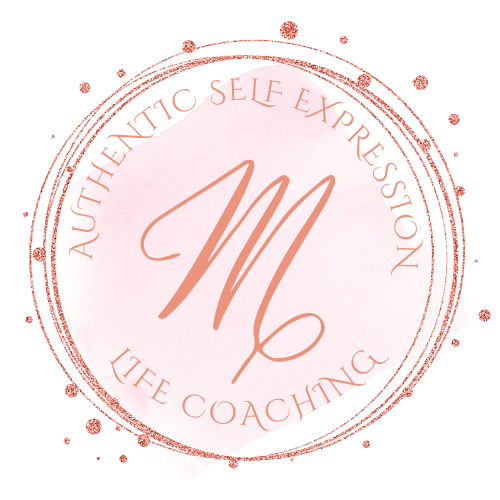
https://mariaduckhouse.com | Let’s connect on Instagram
Buy me a coffee